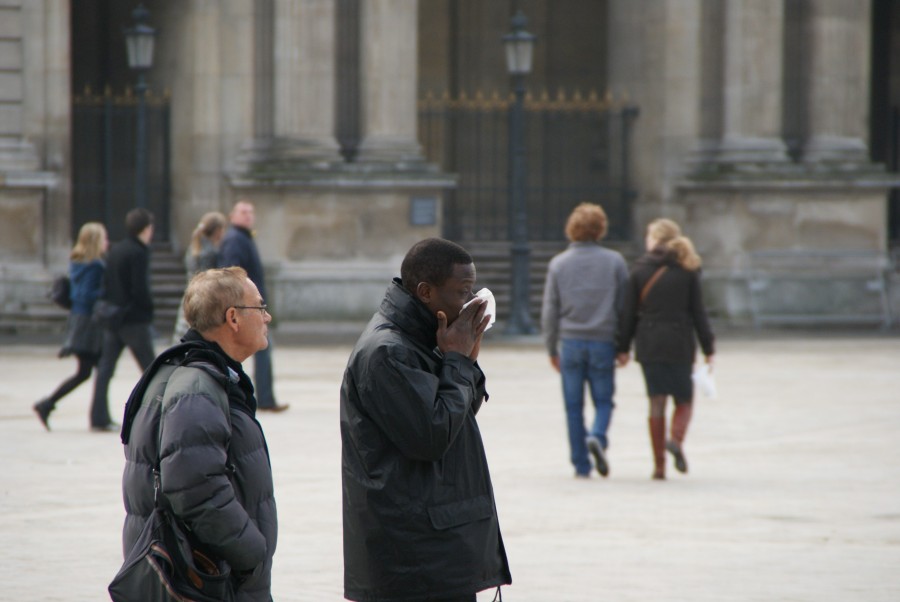Rest assured–it’s probably not pink eye
April 21, 2016
In recent weeks, the number of reported cases of pinkeye affecting students has increased here at Central; however, these reports have been dismissed as false or discovered to be seasonal allergies instead of an infection.
Conjunctivitis, colloquially known as pinkeye, is an infection affecting parts of the eye. According to the Mayo Clinic, “Pinkeye [conjunctivitis] is an inflammation or infection of the transparent membrane [conjunctiva] that lines your eyelid and covers the white part of your eyeball.” The mayo clinic also states the infection can be both a bacterial or viral infection.
Has Central’s medical staff seen evidence of a pinkeye outbreak? “Not recently, we have not had an increased number of patients with pinkeye. We will see a few over the school year.” said Ginger Longo, M.D., Medical Director at the Student Medical and Counseling Clinic [SMACC]
Longo warns that pinkeye infections can be contracted from a number of sources.
“If there is anyone who has pinkeye, especially viral, that can be very contagious if they are not washing their hands and using shared devices like keyboards or phones or even [computer] labs, ” said Longo.
Longo later stated that dorm rooms and other close-proximity quarters may further the spread of infections.
Within on-campus university housing, few cases have been reported.
“We periodically will have a student notify us that they are dealing with that [pinkeye] and when we do, our staff will make sure the students have reached out to the medical clinic,” said Richard DeShields, associate dean of student success
DeShields said the University Housing and New Student Programs (UHNSP) takes precautionary measures when dealing with common infections such as pink eye.
Students living on-campus can rest easy knowing UHNSP has plenty of deterrents and practices set in place to mitigate outbreaks of common infections. These include posting educational fliers around the halls, providing hand sanitizers, and additional bathroom cleanings through Facilities Management.
Both Longo and DeShields believe the current reports of pink eye are most likely seasonal allergies instead of an actual contagious infection.
Red, irritated eyes are typical symptoms of both seasonal allergies and pinkeye infections.
Whether it is pinkeye or seasonal allergies, students should check in with a medical professional to treat any problematic symptoms.
“Students often times, they may have some symptoms and think, ‘oh I’ll just get over it’ and they won’t necessarily try and treat it… …Because the access to healthcare is pretty easy for students, they shouldn’t wait,” DeShields said.
When asked what students should be looking out for, DeShields said that it is not a viral or bacterial infection currently affecting students, but stubbornness. He believes students need to seek help [medical or mental] when they need it, rather than try to solve a problem on their own.
“Students, often times when they’re dealing with stress, when they’re dealing with relationship problems, they think that they can just resolve it themselves,” DeShields said. “They may not use the counseling clinic because we still have some stigma with counseling thinking that only people who are dealing with some type of mental health crisis would use counseling. Counseling is there for so many other services.”


